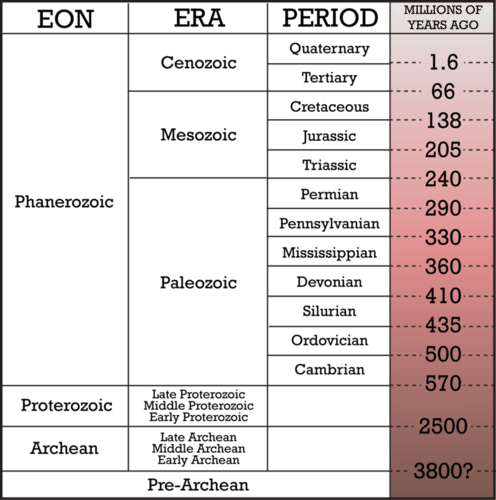The geologic time scale originally ordered Earths rocks by. It divides Earths entire 46 billion years into four major time periods.
Geologic Time The Earth is very old 412 billion years or more according to recent estimates.

Why did geologists develop the geologic time scale. Using dazzling detective skills geologists created a calendar of geologic time. To analyze what geological and biological changes have occurred throughout geologic time. The geologic time scale began to take shape in the 1700s.
Geologists first used relative age dating principles to chart the chronological order of rocks around the world. Thicker units such as thee Proterozoic were longer in duration than thinner units such as the Cenozoic. No rock record in any one place contains the complete sequence of rocks from Precambrian to present.
It wasnt until the advent of radiometric age dating techniques in the middle 1900s that reliable numerical dates could be assigned to the previously. Answer 1 of 5. See full answer below.
The oldest and by far the longest is called the Precambrian. This was done by making a linear time line on the left side of the time columns. - Scientists developed a way to categorize and explain earths.
A classification scheme based on eras periods and epochs was formulated with each representing a progressively shorter division of time. Division of Earths history into time units based largely on the types of life forms that lived only during certain periods. They call it the Geologic Time Scale.
This time scale was created when it. Put those goals and objectives right at the top of the activity so students know from the beginning why they are reading about in the introduction and what they will. How did scientists account for fossils and other geological evidence as they develop the geologic time scale.
The Earth is and has always been transitional and the timescale used by geologists helps demonstrate major transitions. In it Hutton advanced uniformitarianism a geological doctrine which basically assumes that current geologic. An explosion of marine life.
This vast span of time called geologic time by earth scientists is difficult to comprehend in the familiar time units of months and years or even centuries. Chronological dating that relates geological strata to time and is used by geologists paleontologists and other Earth scientists to describe the timing and relationships of events that. Over the course of many years and through the combined work of geologists around the world the geologic time scale was developed Figure 11.
Describe the geologic time scale and explain why it is used. It was developed in the early to the mid 19th century to place. To identify and understand the divisions of the geologic time scale.
How then do scientists reckon geologic time and why do they. Scientists associated the subdivisions of the geologic time scale with events that occurred in Earths past. The geologic time scale was developed after scientists observed changes in the fossils going from oldest to youngest sedimentary rocks.
The geologic time scale was developed so that scientists could place the events of the Earths history in order. Its History and Development Scottish geologist James Hutton 1726-1797 set the stage for the development of the geologic time scale in the late 18th century with the publication of his Theory of the Earth 1785. The geologic time scale GTS is a system of chronological dating that classifies geological strata stratigraphy in time.
This visual depiction has more to do with changes in lifeforms and ecologies than rocks or dust. One of the units of geologic time into which geologists divide eras. What methods did geologists use when they first developed the geologic time scale.
Geologic Time How did geologists come up with the timeline for the history of the Earth. Write two questions you have about the geologic time scale and what it is used for. The geologic time scale was constructed to visually show the duration of each time unit.
It is used by geologists. Decades and centuries Where did scientists originally get their information to develop the geologic time scale. It is divided into Eons known as the Hadean HAY-dee-un Archean Ar-KEY-un and.
Why do geologists use the geologic time scale. Fossils and other geological evidence were used to identify significant changes in the Earth which some-times caused mass. 121 rows The geologic time scale GTS is a system of chronological dating that classifies.
Relative dating law of superposition then absoulute dating. Like the periodic table the Geologic time scale is one of those amazing human endeavours to turn a vast amount of evidence from astronomy rocks fossils history and politics into a nifty little. The first era in the the geological time scale is the Precambrian from which there are barely any fossils to be foundNext is the Paleozoic era ancient life followed by the Mesozoic middle life and the Cenozoic modern life.
Geologic Time Scale.
The Geologic Time Scale Geology Modification For Lehman College Cuny
Geologic Time Scale Read Earth Science Ck 12 Foundation
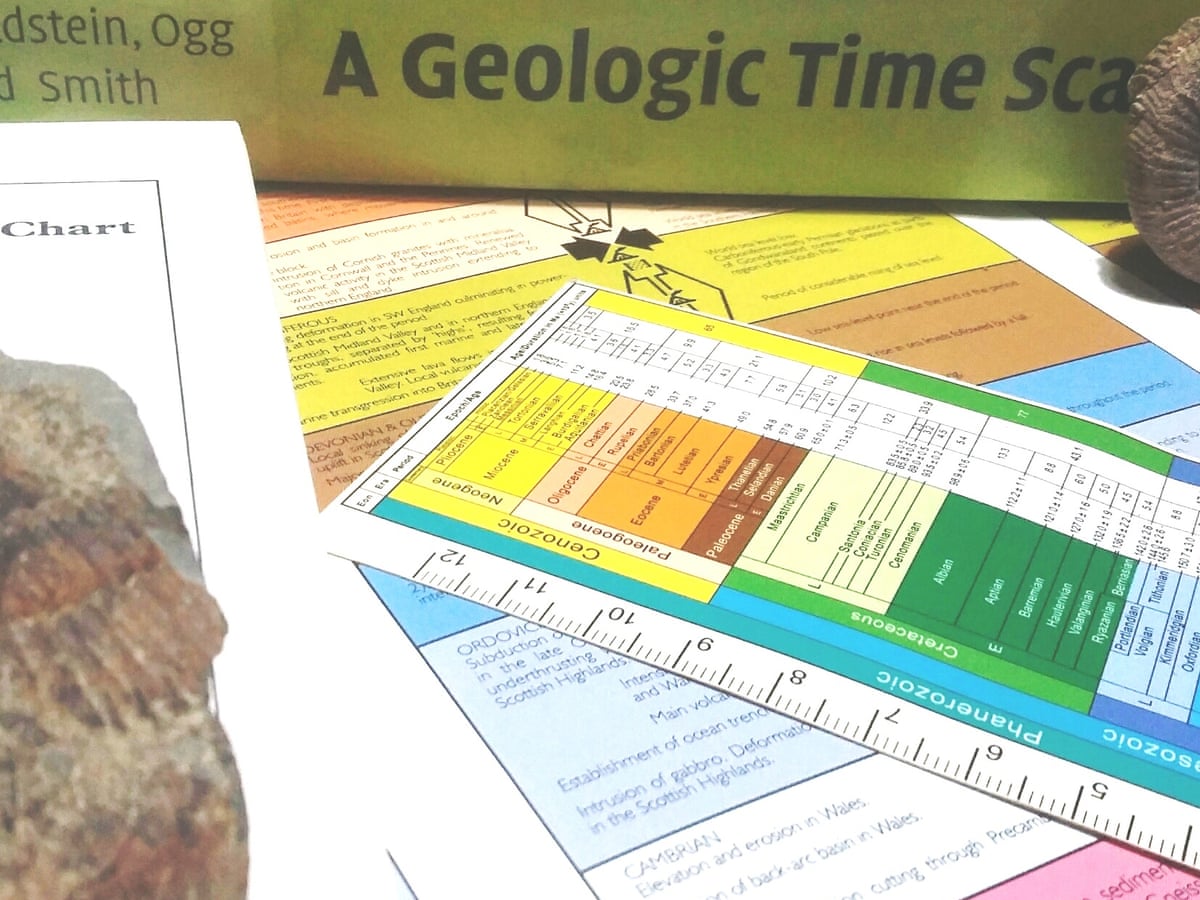
What Is Geologic Time And How Does It Work Science The Guardian

Geological Time Scale Natural History Museum

Fossils Rocks And Time The Relative Time Scale

Geologic Time Scale Earth Science

Geologic Time Scale Geological Time Line Geology Com
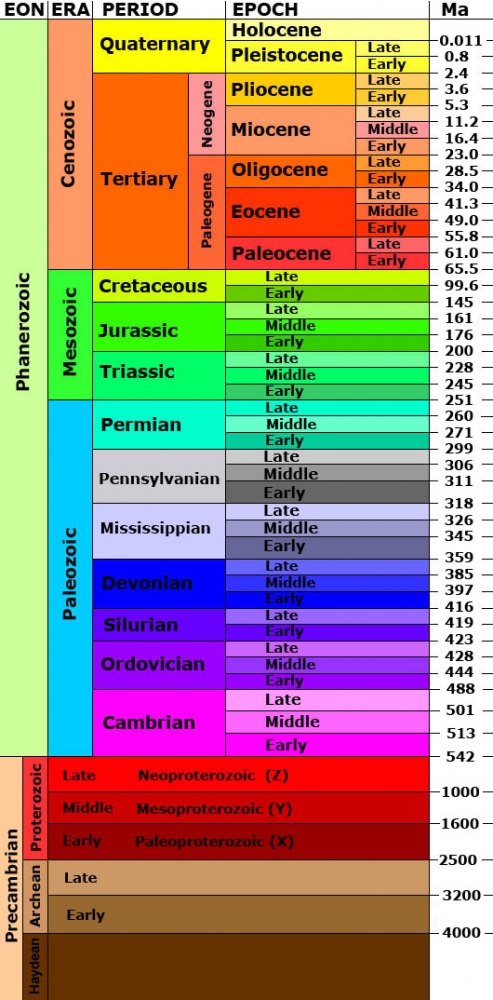
Arthur Holmes Earth 520 Plate Tectonics And People Foundations Of Solid Earth Science
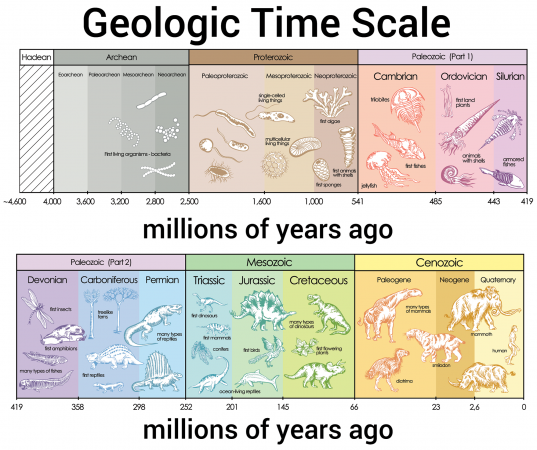
Explainer Understanding Geologic Time Science News For Students
8 1 The Geological Time Scale Physical Geology
Geological Time Scale Bioninja

Geological Time An Overview Sciencedirect Topics
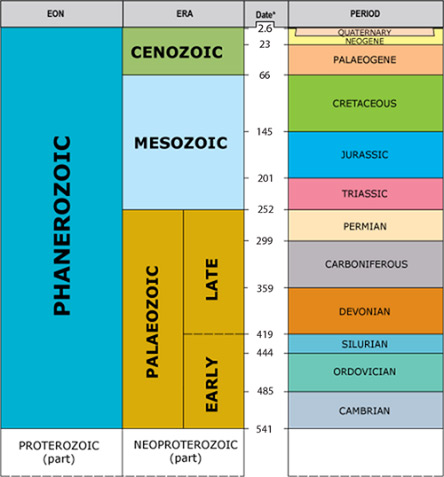
Geological Timechart British Geological Survey

The Geologic Time Scale Geology Modification For Lehman College Cuny
Geologic Time Scale Gts Eons Eras Periods Epochs
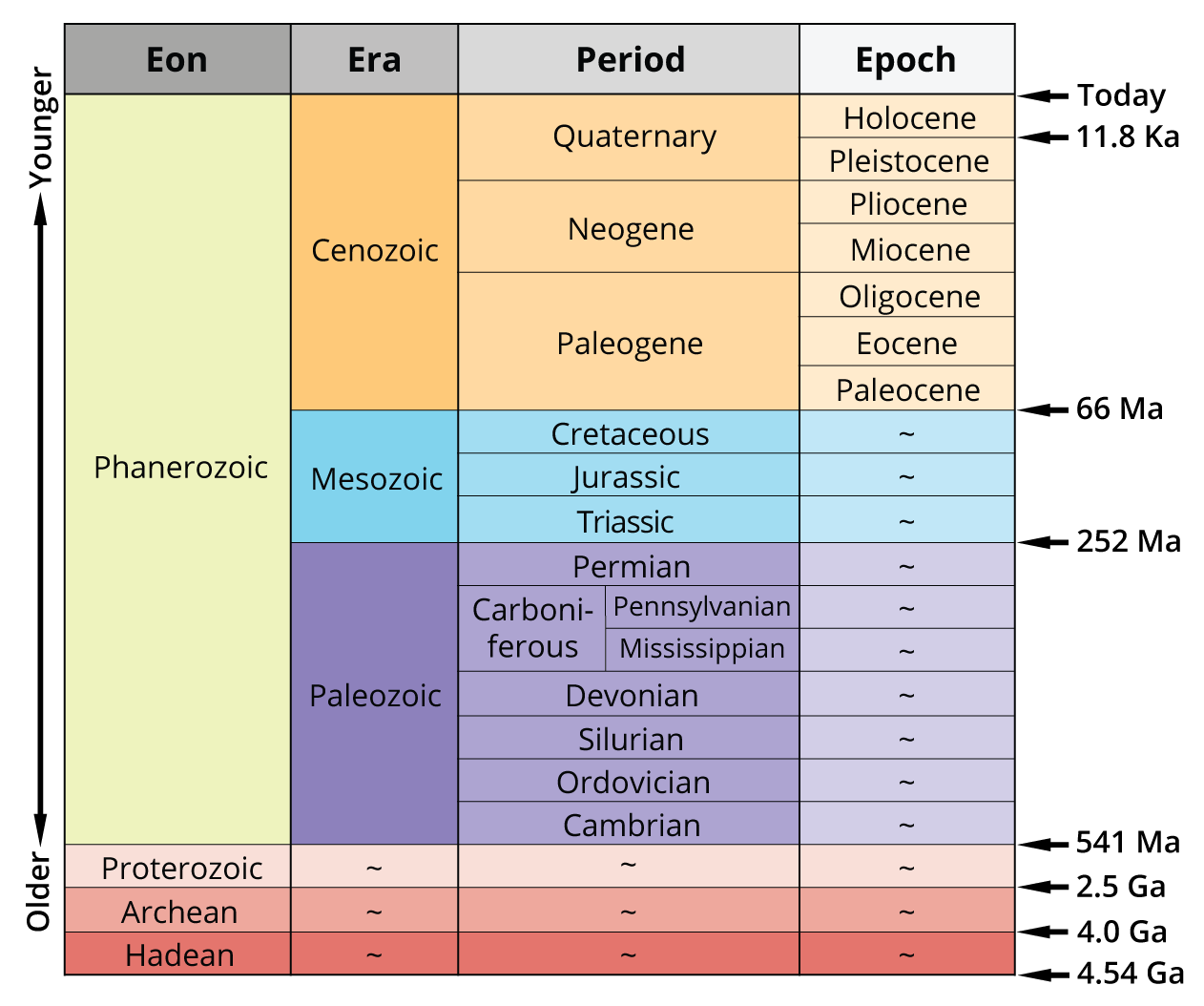
3 Geological Time Scale Digital Atlas Of Ancient Life
The Geologic Time Scale Geology Modification For Lehman College Cuny

Geologic Time Scale Earth Science

Geologic Time Periods Time Scale Facts Britannica

